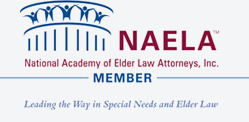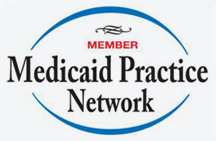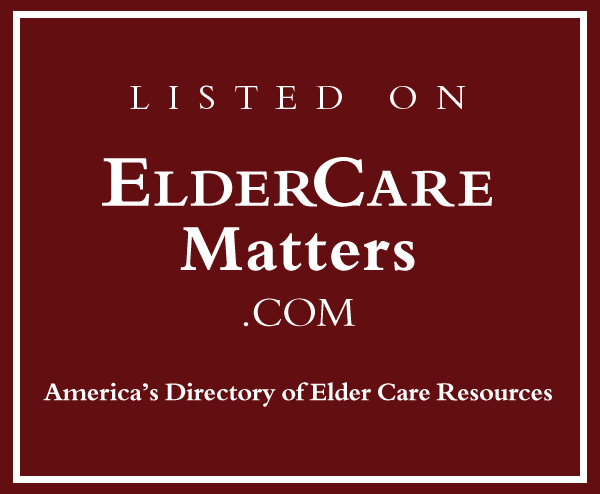The Natural Objects of One’s Bounty – I
The phrase “the natural objects of one’s bounty” means the closest surviving members of one’s family. It usually describes those to whom property of a dead person will go if the dead person did not make and leave a will. One advantage of making and leaving a will is that you can specify to whom you want your property to go after you die. Whether or not you make and leave will, it is useful to know the traditional names for the various members of one’s family.
This article is the first part of a three-part series describing the traditional names for the various members of one’s family.
Ancestors and Descendants
Traditionally, a male or female human being has a female mother and a male father. The mother and the father are each a parent of their child. Each child has two natural parents. A parent can have more than one child. Together, they are known as the parent’s children.
After a female child becomes an adult, she may become a mother. After a male child becomes an adult, he may become a father. For centuries, these patterns have repeated such that every human being has a line of parents and their parents before them. One’s parents and their parents are known as one’s ancestors or ascendants. Similarly, if a human being has a child or children, the human being may have a line of children and their children. One’s children and their children are known as one’s descendants.
Ancestors are described in terms of parent relationship. A grandparent is a parent of one’s parent. A great-grandparent is a parent of one’s grandparent, a great-great-grandparent (or double-great-grandparent) is a parent of one’s great-grandparent, and so on.
Descendants are described in terms of child relationship. A grandchild is a child of one’s child. A great-grandchild is a child of one’s grandchild, a great-great-grandchild (or double-great-grandchild) is a child of one’s great-grandchild, and so on.
Issue
Children are sometimes described as issue. Issue is one’s child or children, and sometimes one’s child or children and their children. The phrases “died without issue” and “failure of issue” are sometimes used to describe when one dies without having a child.
Lineal Relatives and Collateral Relatives.
Because one’s parents and their parents, and one’s child or children and their children, are related in a direct line of descent, they are known as one’s lineal relatives. A line of descent is all who have descended one from the other from a common ancestor, arranged in order of birth. Because parents can have more than one child, there can be different but related lines of descent. Children can be related through a common ancestor to persons in another line of descent. Collateral relatives are persons of common ancestry, but not in a common line of descent.






